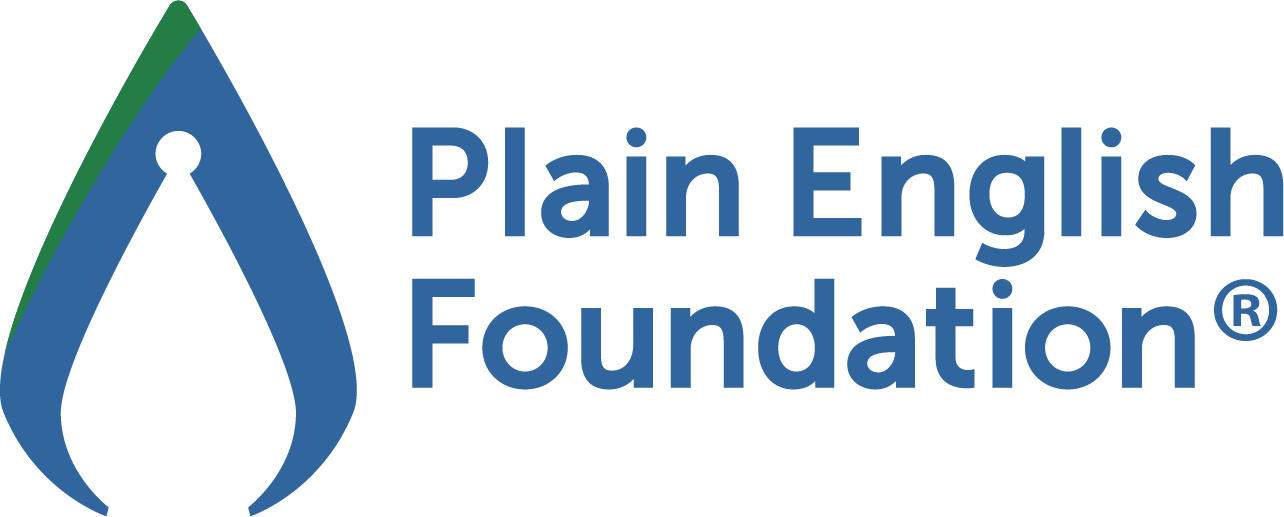Achieve results with our business writing courses
Chances are you can already write. But you may be wondering why your recommendations go unactioned, emails get ignored or questions remain unanswered. It’s possible your business writing skills could do with some polishing.
This article covers:
- why business writing courses are important
- what our courses cover
- how much our courses cost.

Why business writing courses are important
Our business courses help individuals and organisations take their writing from good to great. And great communication benefits your employees, your customers and your bottom line.
When employees use plain language in reports and proposals, it reduces their writing time by up to 50%. This frees them up to tackle higher-priority tasks.
And customers are happier when organisations talk to them in plain language. One US government agency updated its writing skills and reduced its customer complaints by 78%. For more examples of plain language improving customer experiences, check out Dr Joseph Kimble’s book, Writing for Dollars, Writing to Please.
The key to great writing is plain language. This means that your wording, structure and design are so clear that the reader can easily:
- find the information they need
- understand what they find
- use that information.
For example, a sentence in corporate jargon looks like this: ‘The company needs to implement a facilitation of a paradigm shift throughout its organisational culture and engage in a leveraging of its core competencies in relation to driving strategic growth and achieving its key performance indicators.’
But in plain language, the sentence becomes much easier to understand: ‘Our company needs to change the way it does things. We need to focus on what we’re good at to grow our business and achieve our goals.’
If you’re wanting to take your business writing from good to great, our courses are for you.
What our workshops cover
Our courses help you rethink your approach to business writing. We’ll help you with structuring your writing, designing your documents and choosing the best words to get your message across. All our workshops align with Plain language – Part 1: Governing principles and guidelines (ISO 24495-1).
Rethink how you structure your writing
Many of us learned to write in high school, then had to learn how to write a different way at university. Academic writing requires us to communicate in a very specific way: introduction, background, methods, results, discussion and conclusion.
This structure follows the writer’s thinking and makes sense for them. But it’s not the approach we should take in our business writing. Why? Because it makes it hard for your reader to find and act on your recommendation or request. Instead of waiting until the end to give your recommendation or request, bring it right up to the front – your reader will be far more likely to act!
Turn writing at work into writing that works with our ISO-aligned plain language system.
Rethink your approach to document design
You might think that document design is in the hands of the designers. It’s all in the name, right? Not quite. Our business writing courses cover the basics of design, and we’re not talking about just making your document look pretty. Good document design motivates your audience to keep reading. It can also make your work more accessible to people with low literacy or low vision, which means more people will read your writing! The basics we cover include advice about white space and optimising headings to make the reading experience a quick and easy one. For example, including information-rich headings makes the reading process more efficient, as it lets readers scan your document for the information they need and find it at a glance, without reading all the details.Rethink the words you choose
Remember our earlier examples of corporate speak and plain language? The plain language text was 25% shorter. We achieved this by choosing the simplest words that would still convey our meaning. Not only are long sentences confusing and mind numbing, but all that jargon can make it seem like you have something to hide. Our workshops include the latest advice to help you choose the best word for the job, reducing reading time for your audience and satisfying your readers. Overall, plain language decreases reading time by about 67% and increases reader satisfaction by about 45%. These plain language principles are the foundations of clear communication and have helped over 40,000 people take their business writing to the next level. And to help you with your business writing every day, we have our free Australian Style Guide. This resource covers the most common style questions for Australian:- communication specialists
- professionals writing at work
- students and academics.






